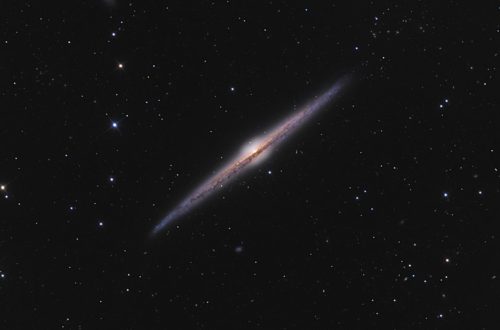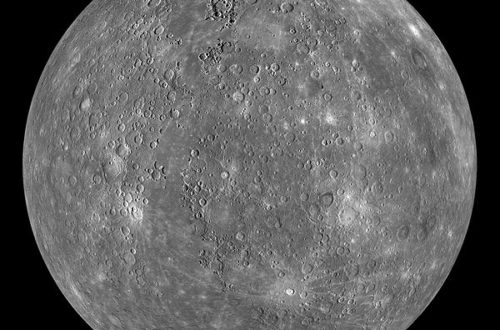How Solar Energy Keeps the International Space Station Going

Solar energy is a big deal on planet Earth right now. People around the world have discovered its benefits. Its clean, renewable, and affordable. Once you have an array in place, you can power your home or business for decades.
Solar helps us off-planet just as much as it does at home. The sun is our most plentiful power source, and scientists and researchers have found ways to tap into it on the International Space Station.
The Sun is the Answer
The International Space Station (ISS) orbits 220 miles above the surface of our planet. That’s a great distance to run a wire – especially for an enormous object that is constantly moving. Instead of storing and transporting energy from down here, engineers developed ways to gather it while the ISS is up there, all thanks to our closest star.
The ISS is an impressive structure that weighs in at over 925,000 lbs. It measures approximately 357.6 feet long and consists of hundreds of components. It has the same pressurized volume as a Boeing 747. It is the largest man-made object ever launched into space.
That is quite impressive, so it may come as no surprise that 16 countries were involved in its construction. The project is estimated to cost more than $120 billion.
The ISS moves around the planet once every 90 minutes. Imagine driving 65 MPH down the highway. That may feel like a pretty quick pace. Now imagine going the speed of the space station, which is a speedy 5 miles per second.
The size, complexity, and movement of the ISS create many problems that had to be solved when it was built. One of the most important things that had to be addressed was how to supply enough power. The sun provides the answer.
A Manmade Solar System in Space
Powering the ISS isn’t just a convenience. It is a matter of life and death. The space station needs energy to run experiments, provide lighting, and to maintain life support.
The sun is plentiful and unending by human standards. It is a logical choice for power in space. The ISS is equipped with a “blanket” of solar panels. This design folds up like an accordion to ensure its safety during launch. Ground controllers use radio signals to send a command to deploy the blanket once the ISS is safely in orbit.
Gimbals allow the array to rotate so that it always faces the sun for maximum efficiency. Each array is 112 feet long and 39 feet wide, giving the structure a 240-foot wingspan. It contains a total of 262,400 solar cells that span 27,000 square feet.
Eight miles of wire connect the electrical system, supplying the 75 to 90 kilowatts needed to run the ISS. Excess energy is produced to ensure reliability. Approximately 60% of the electricity generated is stored in the station’s batteries. This is consumed when the ISS is in the Earth’s shadow.
Without solar energy, powering the ISS would likely be impossible by our current technological standards. As we find more ways to harness sunlight at home, we also continue to rely on it as we explore our part of the universe.
Would you like to receive similar articles by email?





